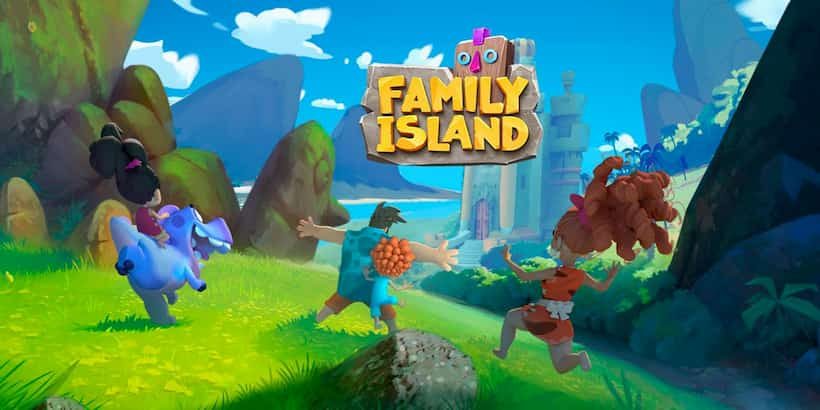The British Virgin Islands (BVI) is a British overseas territory, located in the north of the Caribbean Sea to the east of both Puerto Rico and the US Virgin Family Island Hack. They are part of the Leeward Island chain. The approximate co-ordinates are 18° 20′ N 64° 40′ W. The archipelago of the Virgin Islands archipelago is made up of the US Virgin Islands and the British Virgin Islands.
The British Virgin Islands enjoy a sub-tropical climate, moderated by the trade winds. Temperatures remain fairly steady year round with a daily maximum of around 29°C in the summer and 25°C in the winter. The BVI averages about 115 cm of rain per year, although this is higher in the hills and coast is drier. The wettest months are September through to December. The British Virgin Islands are in an area that can see hurricanes from June to October and this effectively limits the sailing season to November – May.
Amongst the many attractions on the British Virgin Islands are the; numerous white sandy beaches; the baths on Virgin Gorda, snorkelling on the coral reefs near Anegada; the well-known bars of Jost Van Dyke Island.
The British Virgin Islands include the main islands of Anegada, Jost Van Dyke, Tortola and Virgin Gorda together with over fifty other smaller islands and cays. The smaller islands include; Beef Island, Cooper Island, Ginger Island, Great Camanoe, Great Thatch, Guana Island, Mosquito Island, Necker Island, Norman Island, Peter Island, Salt Island. Only some fifteen of the islands are inhabited. The BVI are mostly volcanic in origin and have a rugged, hilly terrain. Anegada is the exception and is a flat island composed of limestone and coral. Tortola is the largest island, approximately twelve miles long and three miles wide. Road Town, on Tortola, is the capital of the islands. The British Virgin Islands have a total population of around 22,000 people.
The Virgin Islands were first settled by Arawak Indians from South America around 100 BC and inhabited the islands until the fifteenth century when Carib Indians from the Lesser Antilles Islands displaced them. The first European sighting of the Virgin Islands was in 1493 by Christopher Columbus on his second voyage to the Americas. He called them Santa Ursula y las Once Mil Vírgenes (Saint Ursula and her 11,000 Virgins); this was shortened to Las Vírgenes (The Virgins).
In the early sixteenth century the Spanish Empire acquired the Virgin Islands and developed copper mining on Virgin Gorda. Subsequently the English, Dutch, French, Spanish and Danish all sought control of the Virgin Islands. They became a notorious pirate haunt. During the process of European colonisation the native Amerindian population was all but wiped out.
In 1648 the Dutch established a permanent settlement on the island of Tortola. The British captured Tortola from the Dutch in 1672, and the British annexation of Anegada and Virgin Gorda followed in 1680.
The Virgin Islands were considered principally a strategic possession, but were also planted when there were favourable economic conditions. The British introduced sugar cane that became the main crop and source of foreign trade. Slaves were brought from Africa to work on the sugar cane plantations and the islands prospered until the growth in the sugar beet crop in Europe and the United States reduced sugar cane production significantly.
In 1917, the United States purchased St. John, St. Thomas and St. Croix from Denmark for US$25 million, renaming them the United States Virgin Islands and the British renamed the islands they controlled as the British Virgin Islands. The British Virgin Islands were administered either as part of the Leeward Islands Colony or with St. Kitts and Nevis, with an administrator representing the British Government on the Islands. Separate colony status was gained for the British Virgin Islands in 1960 and they became autonomous in 1967.
Since this time the BVI have moved away from an agricultural economy towards tourism and financial services and have become one of the richest areas in the Caribbean. Politically tourism is the more important of the two employing large numbers of the local population and many of the businesses are locally owned. However, economically, the financial service sector is by far the more important and provides nearly 50% of the Government’s revenues in the form of licence fees for offshore companies.

